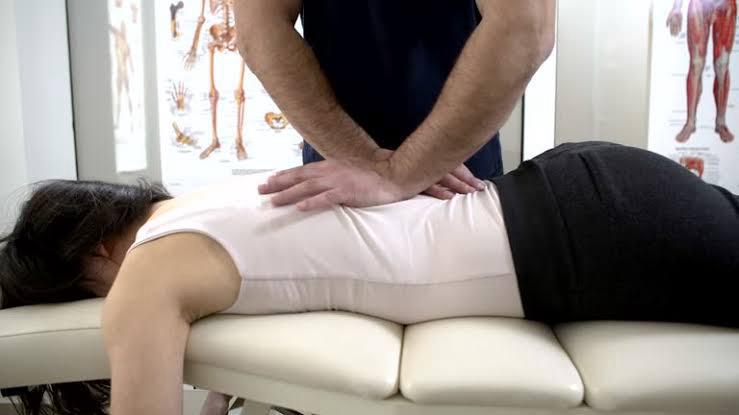
Understanding Chiropractic Therapy
Chiropractic, or “Chiro Practice,” is a therapeutic adjustment performed by trained specialists called chiropractors. They use their hands or small instruments to apply controlled force to the joints of the spine, a process known as “spinal manipulation.” The goal is to improve spinal mobility, joint function, and the body’s overall range of movement.
In earlier times, especially in villages, such practitioners were popularly known as “Had Hakeem” or “Had Pehlwan,” who treated sprains and bone misalignments. In modern medicine, this traditional knowledge has evolved into chiropractic therapy. It emphasizes natural healing of the body’s musculoskeletal system—muscles, bones, and joints—particularly the spine. In the Unani system, the role of the chiropractor is often carried out by hakeems or Unani physicians.
Benefits and Scope
Chiropractic therapy involves manual adjustments that help realign joints, reduce pain, improve mobility, and restore the body’s natural functions. It is considered safe when performed by licensed practitioners, though mild side effects like temporary soreness, stiffness, or headache may occur.
Key Components of Chiropractic Treatment:
Manual Therapy – Manipulation of the spine and joints (spinal manipulation).
Exercise – Prescribing specific exercises for patients to practice at home.
Nutritional Guidance – Providing dietary and supplement advice.
Additional Therapies – Heat or ice application, relaxation techniques, or electrotherapy.
Herbal Medicines – Prescribed when needed as part of Unani tradition.
During the Procedure:
The chiropractor positions the patient in specific postures to target affected areas.
The patient usually lies face down on a padded chiropractic table.
Controlled force is applied by hand to move the joint slightly beyond its normal range of motion.
Audible popping or cracking sounds may occur during adjustment, which is normal.
After the Procedure:
Some patients may experience minor side effects for a few days, such as headache, soreness, or fatigue in the treated areas.
Results and Effectiveness:
Provides relief from lower back pain.
Research shows spinal manipulation is effective for certain types of lower back pain.
Studies also suggest positive outcomes for headaches, neck pain, and other spinal conditions.
However, chiropractic adjustments do not benefit every patient.
If no improvement is observed after several weeks of therapy, alternative treatments may be considered.
Conclusion
Chiropractic therapy has its roots in Unani wisdom, practiced for centuries as a natural bone and joint healing system. Today, with scientific backing, it continues to serve as an effective complementary therapy for managing musculoskeletal disorders and enhancing quality of life.
— Dr. Liaqat Ali Mansuri